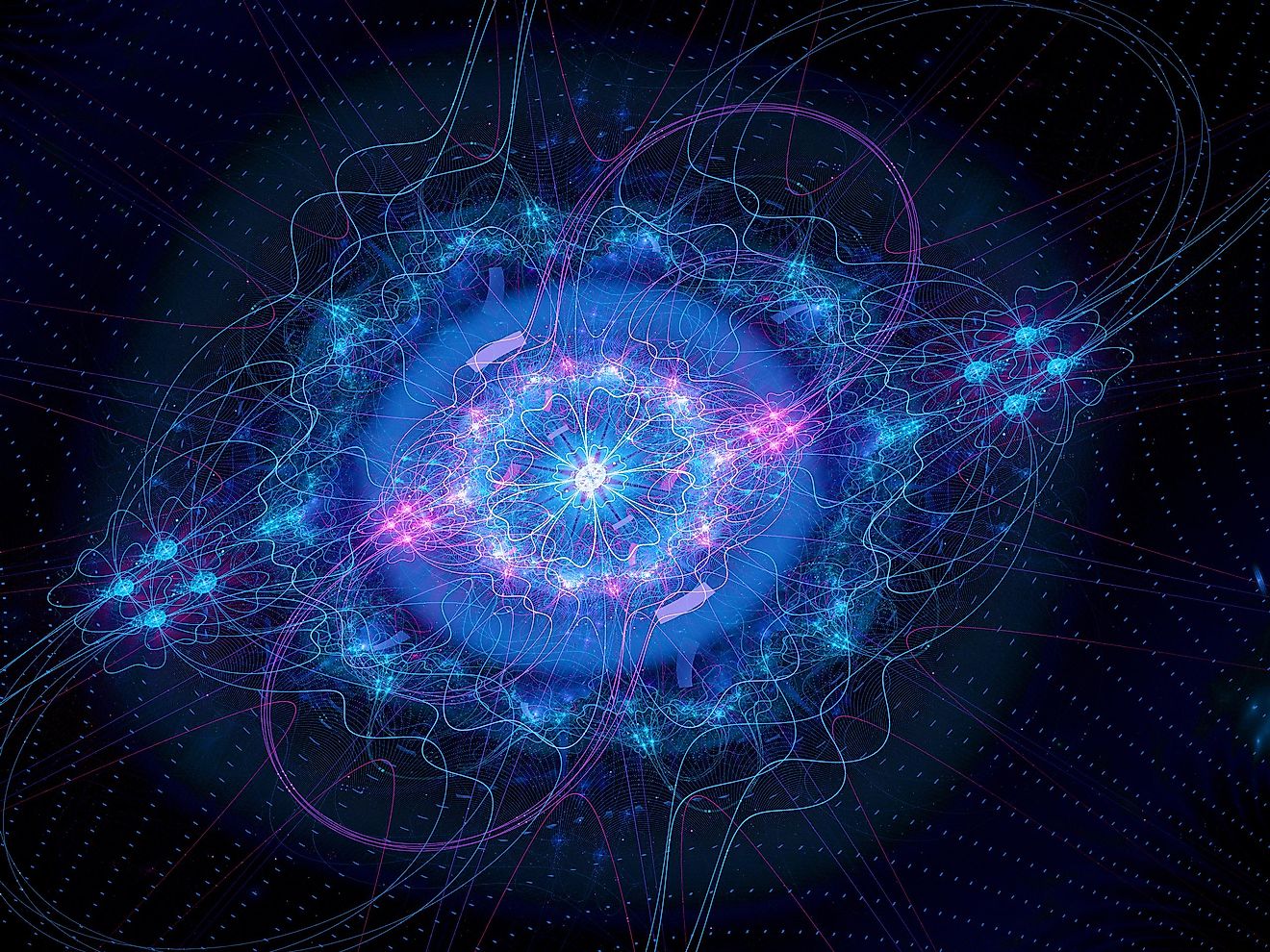Is Higgs Boson Real?

Higgs boson, nicknamed the “God Particle” has been one of the most interesting subjects of particle physics for quite some time. What is the Higgs boson is a bit tricky to explain without delving too deep into the complicated scientific talk. However, in the simplest of terms, it is most often defined as the particle that is responsible for all the mass in the universe. It is believed that without the Higgs boson particle matter would not have mass, according to the standard model of the cosmos. In 2012, scientists have found a particle that behaves just like the Higgs boson should, and in 2013 its existence was confirmed by CERN, The European Organization for Nuclear Research.
The existence of the Higgs boson helps us get a little closer to discovering more about our universe.
The Standard Model Of The Cosmos
To better grasp the meaning of the Higgs boson, it is necessary to explain the standard model of the cosmos. The standard model is one of the most influential theories that describe the way the cosmos operates. Its origins come from particle physics, which is a field whose goal is to try and scale down the universe to its basic factors. Throughout centuries, humans have been discovering the building blocks that compose our universe. Humans discovered atoms, protons, neutrons, and electrons, and eventually, especially important for the standard model, quarks, and leptons.
What the standard model allowed us to do is get a better understanding of what kinds of matter are contained in our universe, and the forces that act with the matter.
The standard model of the cosmos was developed in the 1970s, and it gives us an overview of how our universe functions. According to the standard model, our universe is made up of 12 particles of different matter and four forces that act with them. The 12 kinds of particles consist of six leptons and six quarks. The leptons consist of the electron and electron neutrino, while the quarks are made up of neutrons and protons. Leptons and quarks can’t be further divided into any smaller particles, and they are considered inseparable.

There are also four forces that the standard model recognizes: the electromagnetic force, gravity, strong and weak. For the longest time, physicists have been able to predict the existence of particles using this model of the universe. However, they couldn’t fit in the Higgs boson.
The Higgs Field
According to physicists, the four forces mentioned earlier have carrier particles that correspond to them. Those particles allow them to act with the matter and are called bosons. To better understand this, it’s easiest to start imagining forces as things that are real, that have mass and are not mysterious illusory energies that exist on a plane beyond the physical.
Every one of the four forces has its own boson, according to scientists. The bosons act as a sort of anchor tied to matter particles that constantly react together with the ties of other bosons. Together they create force. One example would be the photon, which acts as a boson to electromagnetic fields and helps them transfer electromagnetic force to a substance.
The function of the Higgs boson would be to transfer mass itself. To try and put it in simple terms: particles inherently don’t have mass, but they gain it when they pass through a field. They called it the Higgs field and concluded that it affects various particles in many different ways. Some particles just slide through it, while others get increased mass. That means that the Higgs field spans through the entire universe, and everything that has mass interacts with it.











